Have you stood in the supermarket aisle, looking at the milk, yoghurt and cheese options, wondering which brand would be better for animal welfare? If you have, you’re certainly not alone. We know that many Australians want to support higher welfare farming and are looking for labels on products to help guide their decisions. Sometimes it’s easy – such as looking for cage-free eggs or the RSPCA Approved certification on chicken – but other times it’s not as straight-forward. Like, what’s the deal with dairy? The good news is that showing your support for better welfare in dairy farming is as easy as asking your favourite dairy brands four simple questions.
There are around 1.4 million dairy cows on farms across the country and each one will have a calf every year so she can keep producing milk. Female calves will often be raised to become part of the milking herd, while male calves who don’t produce milk, are effectively a by-product of dairy farming. This means that every year around 400,000 non-replacement calves (also known as bobby calves) are born into the dairy industry only to go to slaughter before they are even a week old.
Animal welfare in dairy
Although Australia does have intensive indoor dairy production systems, most Australian dairy cows spend their time outdoors on pasture. However, there are several key animal welfare issues that affect cows and calves in dairy farming.
One of the main issues is how bobby calves are treated on farm, during transport and at slaughter. Even though these calves are destined for slaughter, it’s important that they are cared for in a way that meets their needs, with special consideration of their vulnerability given they are so young. In addition, an alternative market for these calves, where they are reared to an older age for either a veal or beef product, provides real potential to increase their value and improve welfare outcomes if done well. That’s why, as part of the RSPCA Approved Farming Scheme, the RSPCA has an animal welfare Standard for dairy calves. Farmers who are rearing dairy calves for veal or beef and want to receive an independent certification to demonstrate that they meet a higher animal welfare standard can apply to join.
Another important issue is looking at ways to reduce the stress caused when calves are separated from their mothers, including making sure calves can still express normal behaviours, such as suckling.
Generally, in dairy farming, calves are separated from their mother within 24 hours of birth. This is mainly to reduce the risk of calves contracting diseases and to make sure calves are fed adequate colostrum. Separation is also done to facilitate milking and cow management. Research shows that separating a cow from her calf is stressful for both animals at any point, however it increases the longer they stay together. From an animal welfare perspective though, allowing calves to be reared by their mother, means that the calves can suckle, drink more frequently and drink more. When left together or with some contact, there are also other benefits for both cows and calves which the RSPCA believes makes it worth pursuing by the industry.
For dairy cows to have a better quality of life, they need to be healthy and well fed, be protected from weather extremes, have access to pasture, be free of lameness and mastitis, and not be subjected to painful procedures without anaesthetic and pain relief.
What’s the dairy industry doing?
In 2012, the dairy industry launched the Australian Dairy Industry Sustainability Framework and since then, they have been publicly reporting on their progress.
Commitments directly relating to improving animal welfare, were included in 2018 and the industry’s most recent report shows improvement, such as fewer farmers tail docking cows and inducing calves. In addition, more farmers are disbudding (removing horn buds) calves when they are younger than two months, and 3 out of 4 farmers are using pain relief when they do it. What’s even better is more farmers are using polled (hornless) genetics, which removes the need to disbud. The report also shows that there are more farmers implementing strategies to reduce lameness and building infrastructure to keep cows cool.
Commitments around the care of bobby calves are also reported on and the latest report shows that more farmers are selling calves at 5 days old or older. However, the framework does not include a target to reduce the number of bobby calves going to slaughter by looking for alternative markets or a target for increasing contact between cow and new-born calf.
What can you do?
If you buy milk, cheese, yoghurt and other dairy products, you can influence how animals are treated. By asking questions about animal welfare and by choosing brands that are open and transparent about their farming practices, you are showing these brands that this is what matters to you. An important part of supporting higher welfare in farming though is recognising that farmers should be paid a fair price for the work they do and that meeting higher welfare standards costs more.
So, when it comes to dairy cow and calf welfare here are our top 4 questions to ask:
– Do you source milk from farmers who give their cows choice to access pasture?
– Do you source milk from farmers who are finding ways to grow bobby calves out for veal or beef?
– Do you source milk from farms that are allowing more contact between cow and calf?
– Do you source milk from farmers who have a lameness and mastitis reduction strategy in place?
And if you want a few more questions …
– Do you source milk from farmers who don’t tail dock their cows?
– Do you source milk from farmers who don’t induce calving?
– Do you source milk from farmers who use pain management when disbudding calves?
– Do you source milk from farms that don’t export breeding cows?
Remember, by prioritising animal welfare in your purchasing decisions, we can all make a difference to the lives of farm animals.
You might also be interested in 5 steps for better dairy calf welfare and A story of change: How you can support a future of higher welfare farming

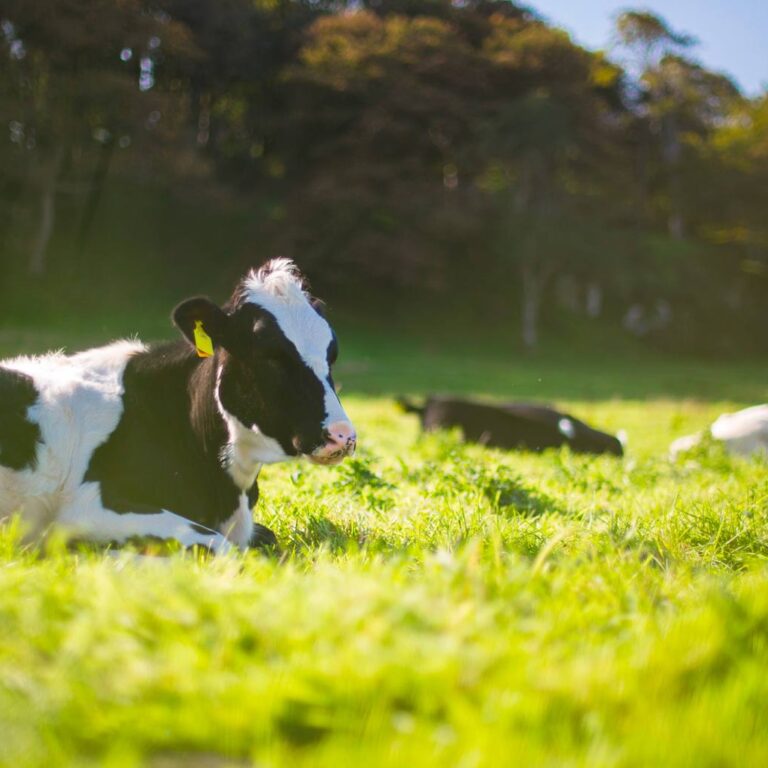
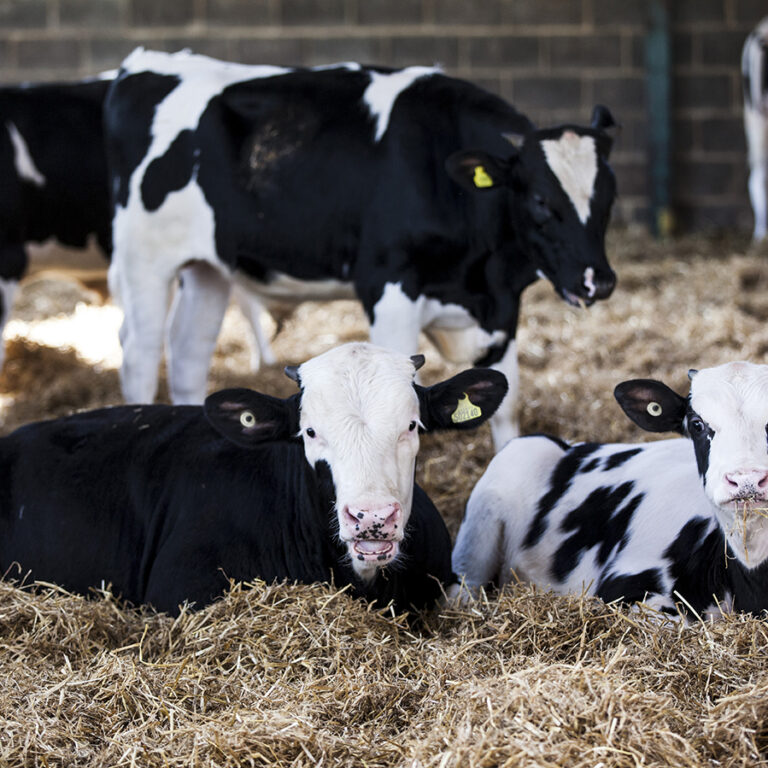
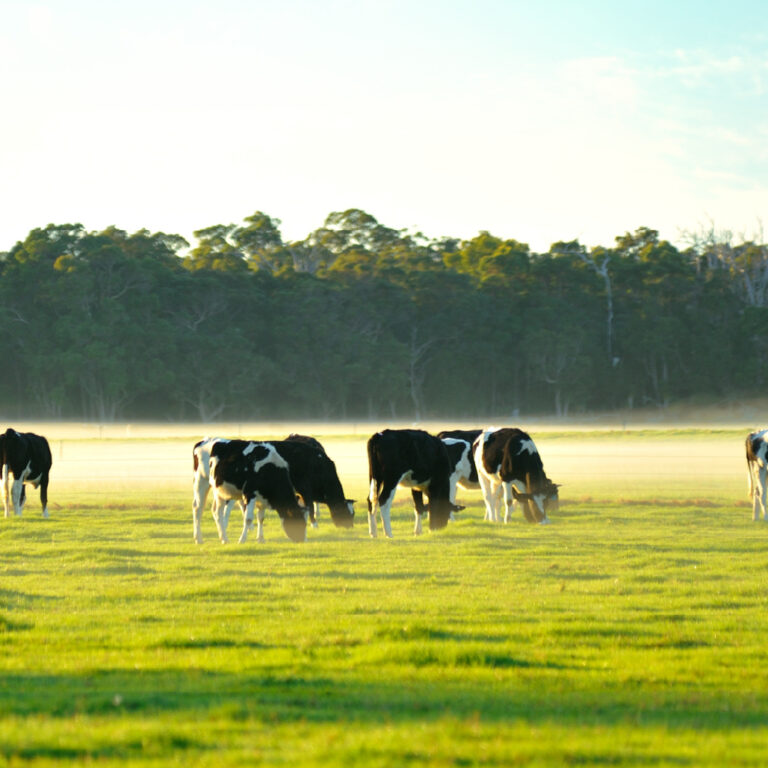
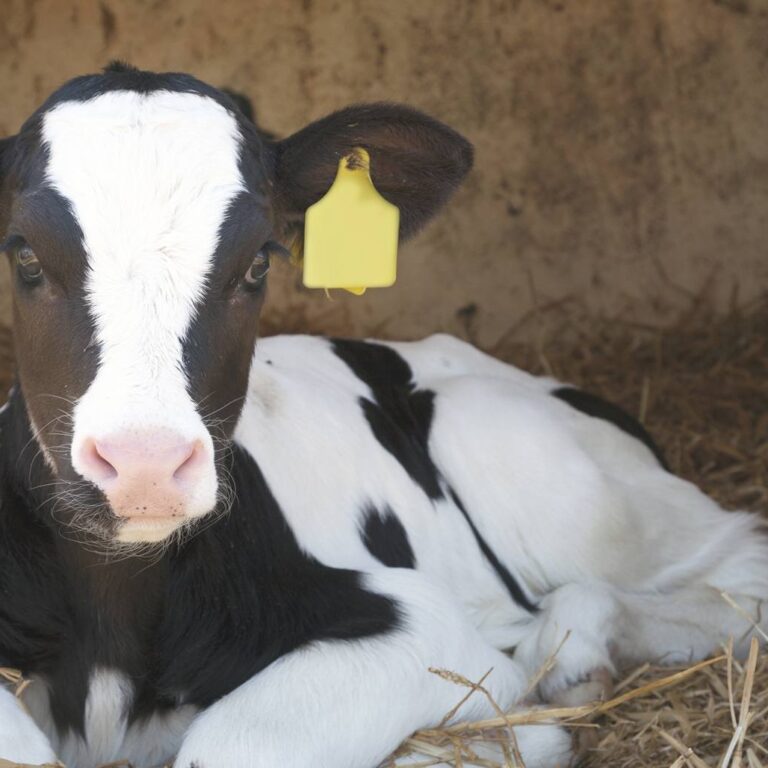
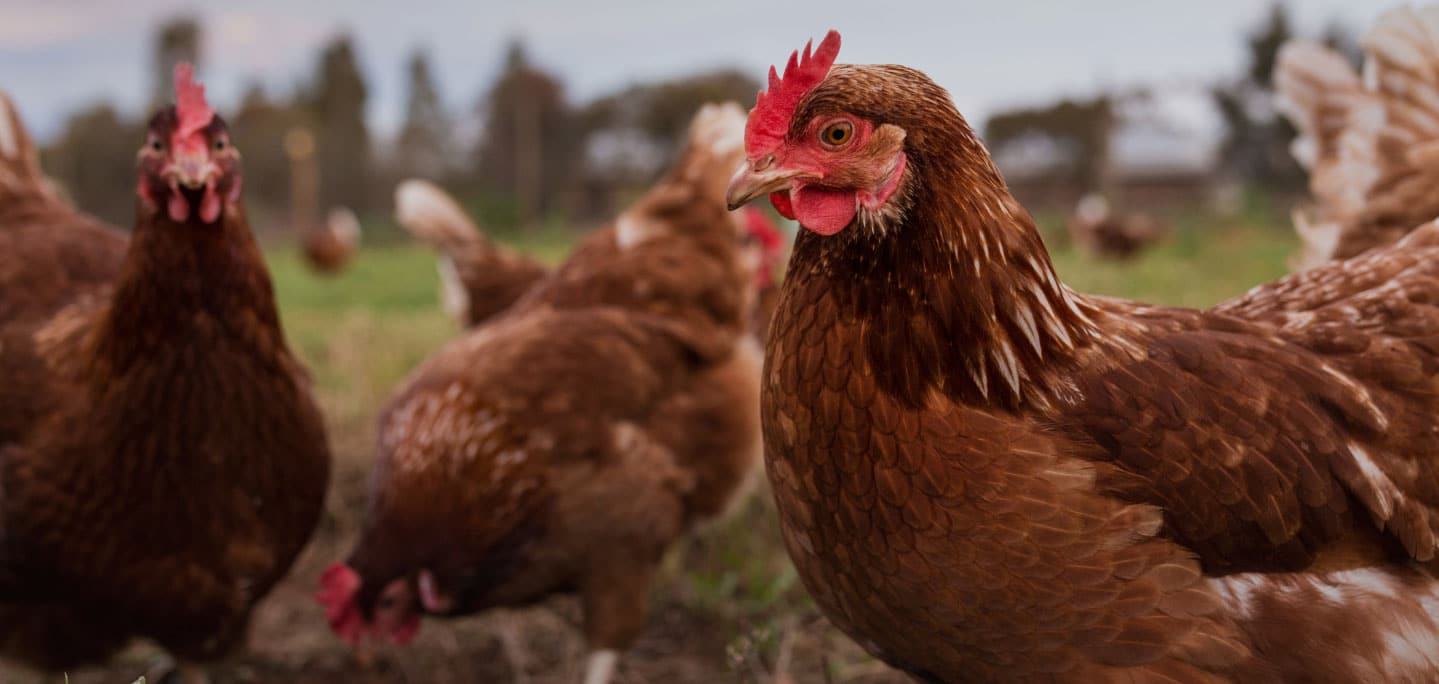

2 Comments
2 responses to “Our top 4 questions to ask for better welfare for dairy cows and calves”
What an informative article ! Didn’t know about the treatment of these beautiful animals
Excellent article. I knew about the removing of calves from their mother but not about bobby calves or that anything was actually being done top try and improve the welfare of these beautiful creatures. I will certainly pay more for dairy products that come from well treated cows. At the moment I use milk alternatives rather than milk that comes from the separation of a baby and its mother.